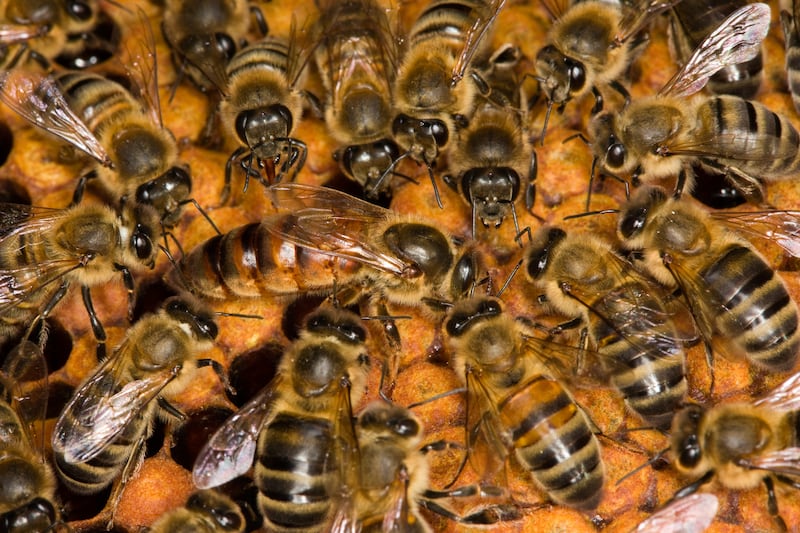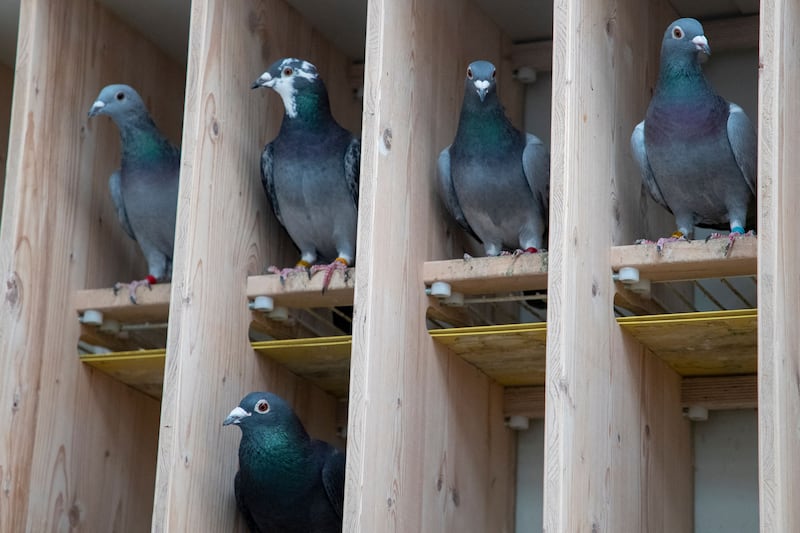We must hold our next general election in Ireland by March 2025. You might well think that voting is unique to human societies, but not so – humans are not the only animals that vote, as described by Elizabeth Preston in the New York Times.
It appears that all animals living in groups, from primates to insects, reach consensus about what the group will do next, and this consensus is achieved by surprisingly democratic means. Some people even think animals have the right to vote on matters that concern their own welfare.
Meerkats are burrowing members of the mongoose family found in southwest Africa. When meerkats emerge from their burrows, they start digging in the soil for insects and other food. They drift across the desert in loose groups, each up to 23 feet from their neighbours. The meerkats call to each other. One gentle mewing call – the “move call” – means something like – “I’m ready to move on, who is with me?”

Preston quotes studies showing that only three meerkats have to mew to stimulate the entire group to move on. It didn’t matter whether these mewing meerkats were dominant animals or not. The direction of movement of the group didn’t change, but their speed doubled as the group hurried on seeking better foraging grounds.
An Irishman at Oxford: It was an education in being an outsider. I felt alienated from the very start
My brother Ian Bailey: ‘He pleaded his case and begged me to keep in touch, and I did’
Diary of a retrofit: It cost €60,000 but it is worth every cent
‘Confidence is everything’: An Irishwoman’s story of travelling abroad for cosmetic surgery
This behaviour is called a “quorum response”; that is, action happens as soon as a quorum of calls is sounded. Quorum response probably happens in human groups also. For example, if one person in the group says “let’s order in some Chinese takeaway” probably nothing will happen if nobody else joins in. But if more voices are added in consent, an order is probably phoned in to the takeaway.
Honey bees and homing pigeons are other examples of voting animals as described by Paola Rosa-Aquino in the Guardian. Beehives can get so crowded in spring that the colony decides it is time to make a new home. When this happens, the queen bee flies out of the hive accompanied by about half of the worker bees and they settle on an intermediate staging spot, such as a tree branch. Several hundred bee scouts now fly off to seek out a new home for the colony.
The scouts who find appropriate sites then return to the group and perform a “waggle dance “. This dance tells the other bees the location of the new site and its quality in terms of surrounding flowers, humidity, size and so on. The intensity of the waggle dance is proportional to how promising the scout thinks the new site is.
More scouts return to the swarm and dance. Some scouts gradually become convinced by other scouts and switch their dance choreography to match. When all scouts agree, the swarm takes off for its new home. With bees, just as with human groups composed of friendly individuals with common interests, conflict can be useful when making decisions.

A flock of homing pigeons seems to follow the leading bird in near-perfect synchrony. But what happens if the bird leading the flock goes astray? University of Oxford researchers studied this question. Pigeons navigate using an internal clock. The researchers mixed up leading birds’ sense of direction by placing them in a lightproof chamber.
There are two main ways an errant leader can be overruled. The leading pigeon may itself realise that it is mixed up, and “resigns” by dropping back in the flock. Or the rest of the flock may realise that the leader is confused and opt not to follow it any more. The overall effect is that misinformed leaders are “sacked”.
Philosopher Ioan-Radu Motoarca recently published a paper in Analysis (Oxford University Press), arguing that animals should be allowed to vote on matters concerning their own welfare. He claims this would be a better way to promote animal welfare than legislation and that animals are currently treated so badly that something must be done. When confronted with the fact that animals are not competent to vote (try getting a cow to tick the box of her choice on a ballot paper!), Motoarca replies that neither are many humans.
Obviously, human representatives of animals would have to vote for them. These representatives would probably be dominated by animal rights activists who would always vote against human uses of animals. Prominent animal rights philosophers such as Peter Singer think Motoarca’s ideas are absurd.
William Reville is an emeritus professor of biochemistry at UCC














